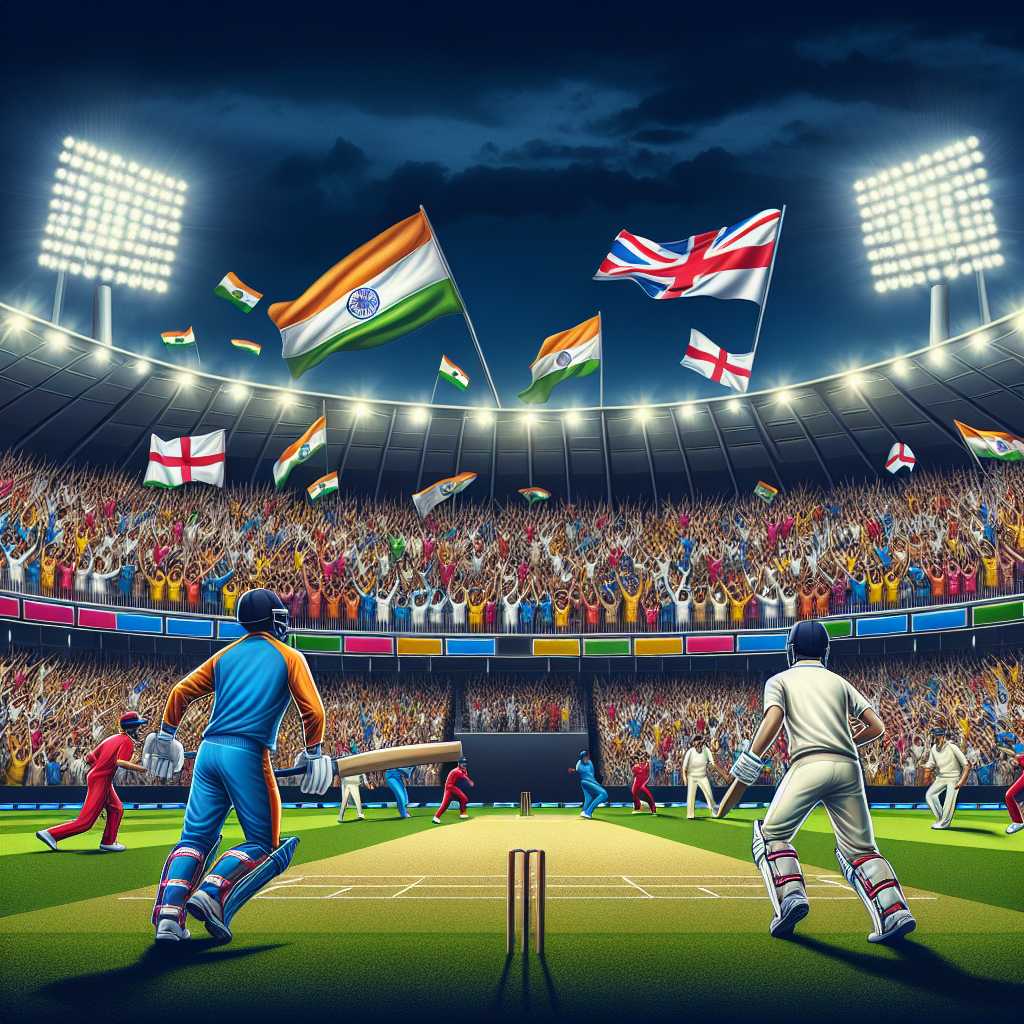Example Article
Historical Context of the India-England Cricket Rivalry
The cricket rivalry between India and England is steeped in history, transcending beyond the boundaries of sport into the realms of culture, politics, and colonial legacy. The first official Test match between the two nations was played in 1932, marking India’s debut on the international Test cricket stage. This encounter symbolised not just a sporting contest but also a subtle assertion of identity during a period when India was still under British rule.
Over the decades, this rivalry evolved alongside India’s journey from a colonised nation to an independent republic and eventually a global economic power. Matches between India and England often carry a narrative that goes beyond runs and wickets; they reflect the complexities of historical relations and mutual respect forged through competitive spirit.
The Ashes series between England and Australia may garner more global attention, but the India-England clashes hold a unique place in cricketing lore. The bilateral series have witnessed memorable performances and iconic moments that have shaped the careers of legendary cricketers from both countries. This deep-rooted rivalry continues to captivate millions of fans worldwide.
Cricketing Styles: Contrasting Philosophies on the Field
India and England approach cricket with distinct styles shaped by their respective cultures and playing conditions. English cricket traditionally emphasises disciplined technique, patience, and exploiting seam-friendly pitches. The English game has long been associated with stoicism and strategic bowling, especially in home conditions where weather often aids swing bowling.
Conversely, Indian cricket has evolved from its early dependence on spin bowling to developing a more aggressive batting approach suited to diverse pitch conditions at home and abroad. Indian players are known for their flair, improvisation, and adaptability, blending classical techniques with innovative stroke play.
These contrasting philosophies create enthralling contests when the two teams meet. English bowlers test Indian batsmen’s patience with seam movement, while Indian spinners challenge English batsmen’s footwork and temperament. The tactical battles between captains also add layers of intrigue as both sides seek to outthink each other in varying formats of the game.
Cultural Impact Beyond Cricket
The India-England cricket rivalry has significant cultural resonance in both countries. In India, cricket is a unifying force across its vast linguistic and regional diversity, while in England it remains one of the country’s most cherished sports with deep roots in its public school traditions.
Matches against England often evoke strong emotions in India due to historical ties and the sport’s colonial origins. Victories over England are celebrated not just as sporting triumphs but as symbolic moments of national pride. Conversely, English fans view these encounters as tests against one of the world’s most passionate cricketing nations.
Beyond stadiums, this rivalry influences media narratives, commercial endorsements, and even diplomatic goodwill. Cricket diplomacy has occasionally softened political tensions between the two nations, highlighting sport’s potential as a bridge for cultural exchange and mutual understanding.
Future Prospects: Evolving Dynamics in a Changing Cricket Landscape
As cricket embraces innovation through formats like T20 leagues and technological advancements such as Decision Review System (DRS), the India-England rivalry is poised to enter new phases. Both countries boast some of the strongest domestic structures globally – England’s County Championship and India’s Ranji Trophy – which continue to nurture future stars.
The increasing frequency of bilateral series across all formats ensures sustained engagement between the teams. Additionally, shared platforms like the Indian Premier League (IPL), which features numerous English players, foster cross-cultural learning and camaraderie.
Looking ahead, this rivalry will likely remain one of cricket’s most compelling narratives. It will continue to evolve with emerging talents, shifting strategies, and broader socio-political contexts that influence sport globally.
Conclusion: More Than Just a Game
The India vs England cricket rivalry encapsulates much more than runs scored or wickets taken; it is a reflection of historical journeys, contrasting cultures, evolving sporting philosophies, and enduring mutual respect. From colonial beginnings to modern-day sporting spectacle, this contest has grown into a rich tapestry woven with stories of resilience, innovation, and pride.
As both nations continue to push boundaries on and off the field, their encounters will remain a highlight of international cricket calendars. Fans can expect thrilling contests that honour tradition while embracing change – making every India-England match an event charged with significance far beyond the boundary ropes.
Notes
- India played its first official Test match against England in 1932.
- The bilateral series between India and England have produced some of cricket’s highest individual scores.
- English bowlers have traditionally relied on swing bowling exploiting home conditions.
- Indian spinners have historically been crucial in subcontinental conditions against England.
- The IPL features many English players, strengthening cross-cultural ties.

